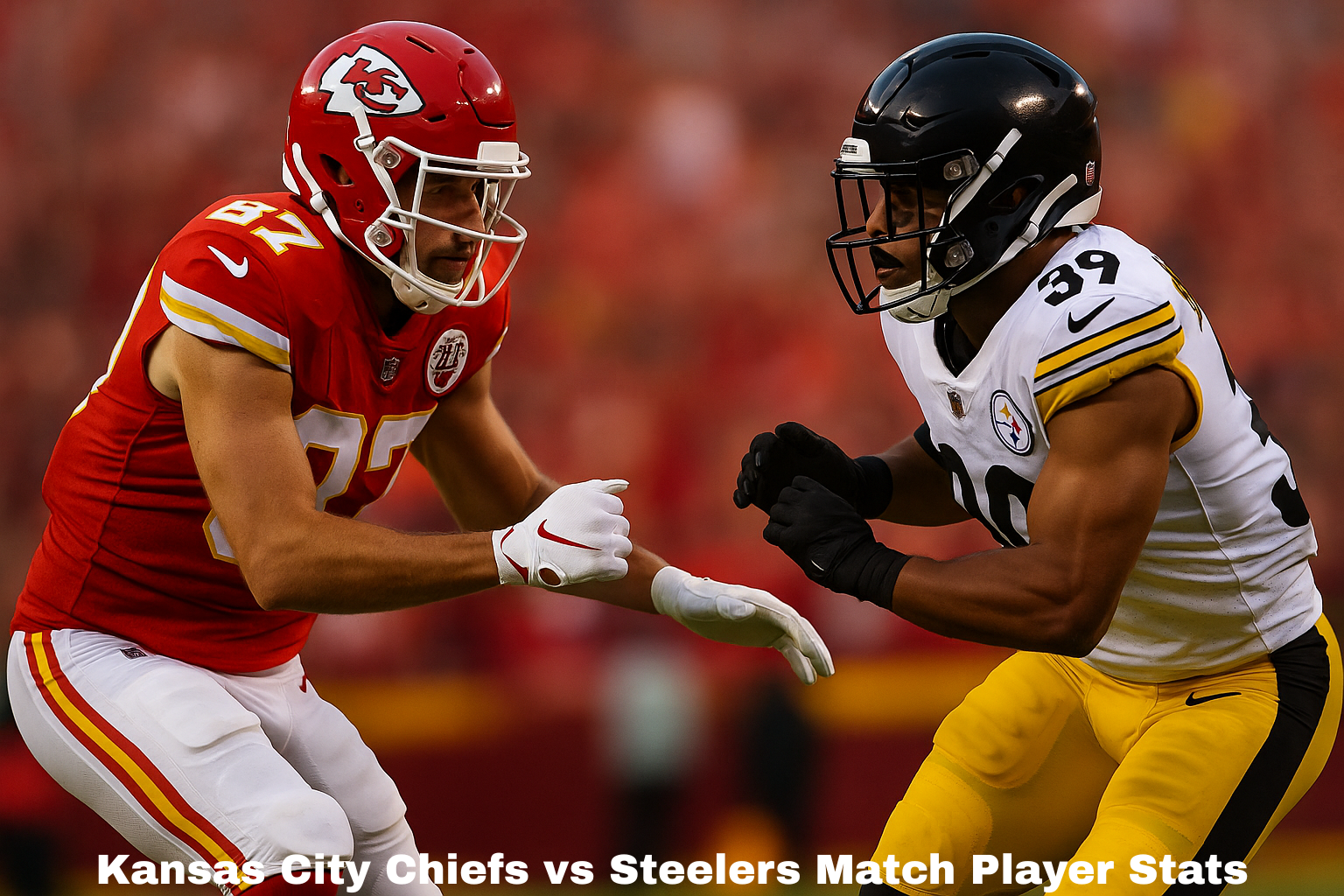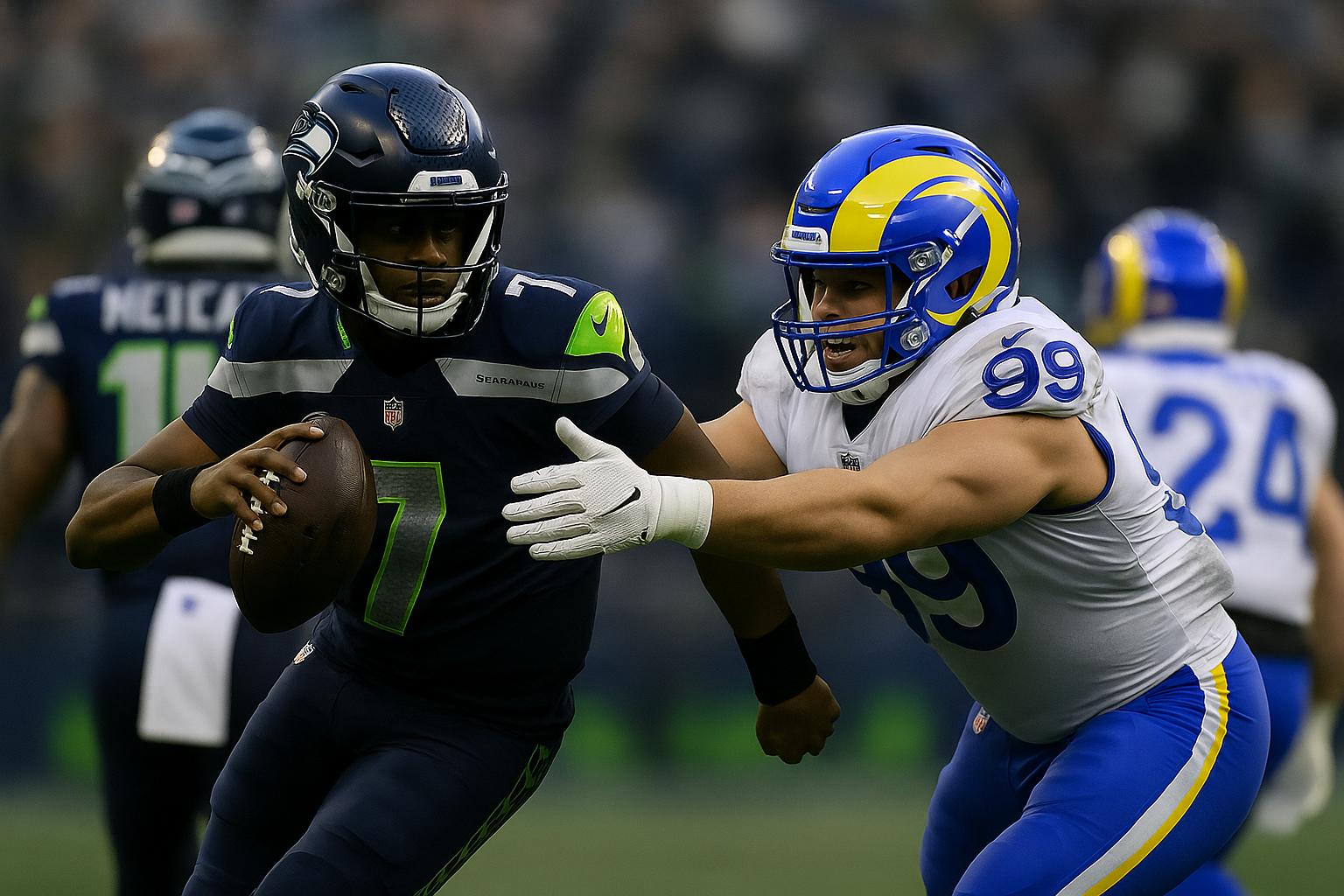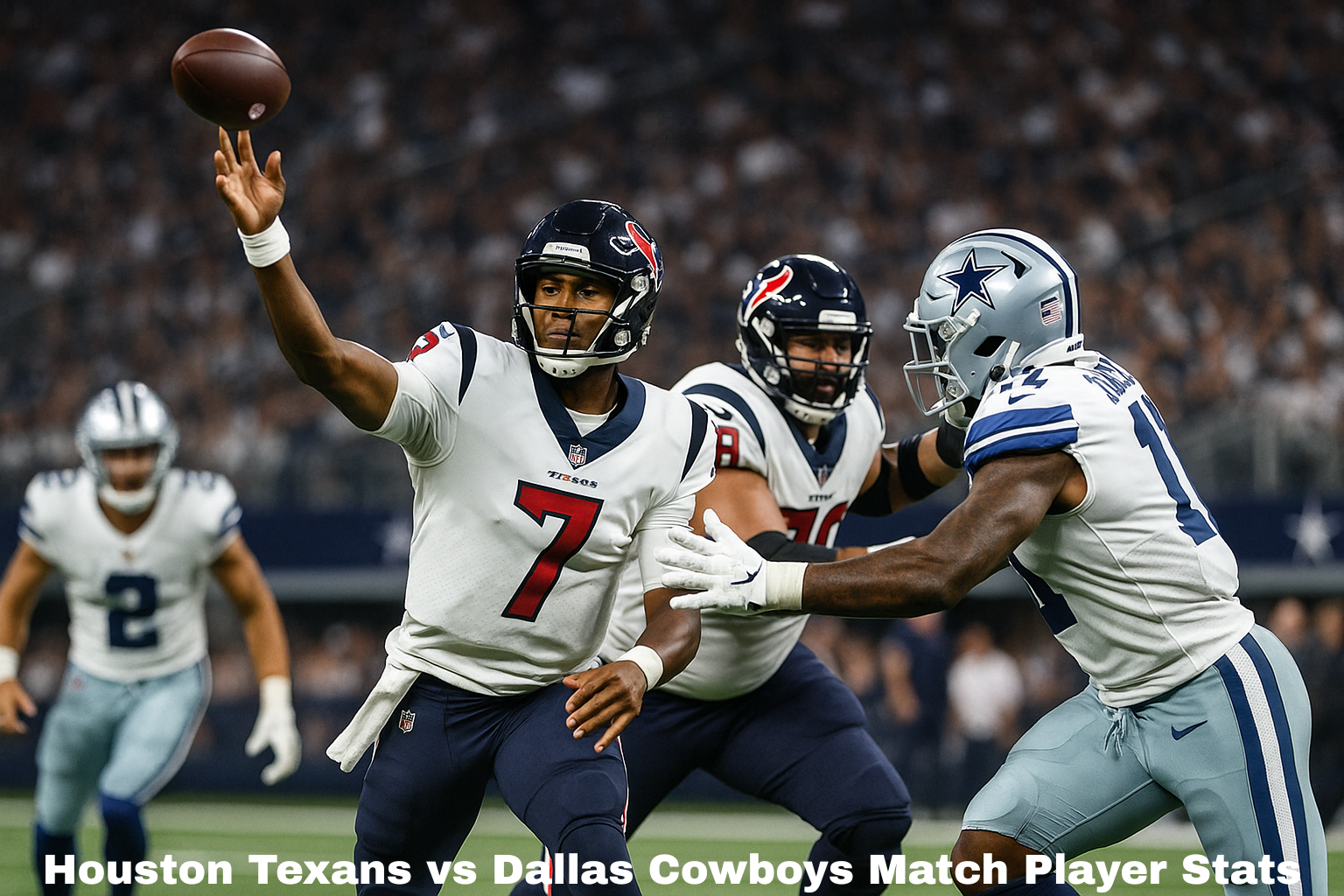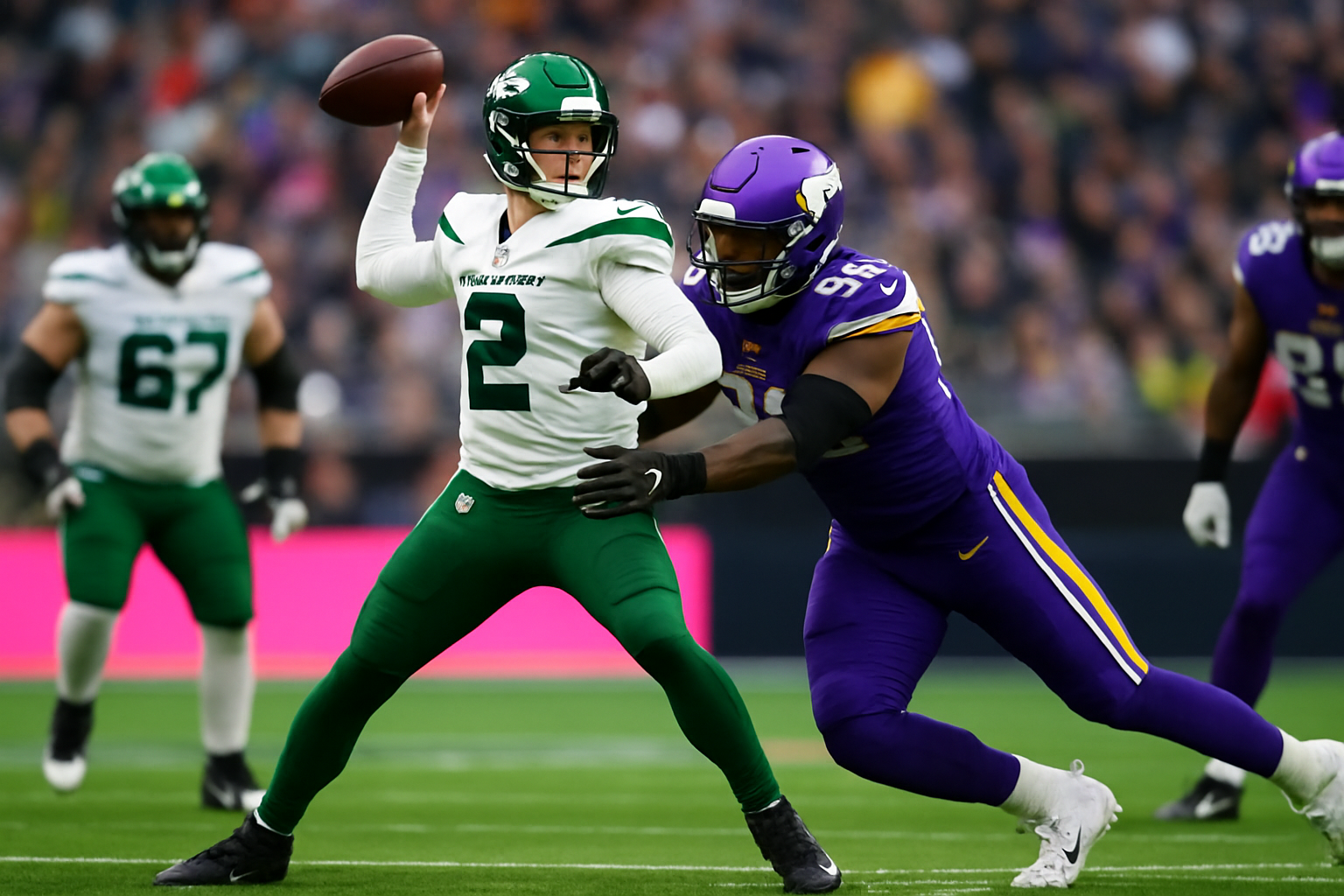Introduction
When the Kansas City Chiefs and Pittsburgh Steelers face off, the intensity is always high. These two franchises bring contrasting philosophies to the field — the Chiefs lean on explosive playmaking, while the Steelers traditionally rely on a physical and defensive brand of football. The most recent clash between these teams in the 2024 NFL season offered more than entertainment; it provided a deep dive into player performances that could influence the postseason landscape. This article analyzes the key statistics from that matchup, offering insight into quarterback effectiveness, running back output, defensive pressure, and more.
Overview of the Game
The matchup was held at Arrowhead Stadium, where the Chiefs maintained their home dominance with a 31–20 victory over the visiting Steelers. From the opening quarter, Kansas City executed their offensive script with precision, while Pittsburgh attempted to adjust defensively but struggled to contain the rhythm.
The game was punctuated by several momentum swings — particularly late in the second quarter when the Steelers tied the game before a late-half Chiefs touchdown. But despite Pittsburgh’s attempts to close the gap, Kansas City pulled away in the second half through balanced play-calling and timely defensive stops.
Quarterback Evaluation: The Key Determinant
Patrick Mahomes (Chiefs)
- Completions/Attempts: 28/36
- Yards: 314
- Touchdowns: 3
- Interceptions: 0
- Passer Rating: 129.8
Mahomes showcased his usual poise in the pocket and connected on several mid-field slants and deep outs. His ability to extend plays with minimal risk was on full display, including a crucial third-and-9 scramble that kept a scoring drive alive. His quick release and awareness neutralized the Steelers’ pass rush.
Kenny Pickett (Steelers)
- Completions/Attempts: 17/30
- Yards: 194
- Touchdowns: 1
- Interceptions: 1
- Passer Rating: 77.4
Pickett struggled under pressure, particularly in third-down situations. His lone interception came off a tipped pass that should have been caught, but his timing issues with receivers were apparent. Despite a few accurate deep throws, the lack of rhythm in Pittsburgh’s offense hindered his overall output.
Challenges Faced by Steelers Quarterbacks
Pittsburgh’s offensive line couldn’t hold back the Chiefs’ front seven consistently. Pickett was sacked three times and pressured on over 35% of his dropbacks. Additionally, missed communication on route adjustments led to stalled drives. Even play-action attempts failed to freeze defenders long enough to open downfield windows.
The Steelers experimented briefly with formations to offer better protection, including a two-tight end set, but it limited their receiving options, making their offense one-dimensional. Red-zone efficiency was also a problem, converting just 1 of 3 attempts.
Primary Offensive Participants
Travis Kelce (Chiefs, TE)
- Receptions: 9
- Yards: 105
- Touchdowns: 1
Kelce continued to be Mahomes’ most trusted target, exploiting soft zones and linebacker mismatches. His touchdown came on a seam route where he slipped past coverage unnoticed.
Rashee Rice (Chiefs, WR)
- Receptions: 6
- Yards: 88
- Touchdowns: 1
Rice showed improved route running, gaining consistent separation and racking up key yards after catch. His speed and ability to turn upfield were instrumental in third-down conversions.
George Pickens (Steelers, WR)
- Receptions: 5
- Yards: 71
- Touchdowns: 1
Pickens was Pittsburgh’s primary deep threat, using body control and physicality to haul in contested catches. His touchdown catch early in the third quarter kept the Steelers within reach.
Najee Harris (Steelers, RB)
- Carries: 14
- Yards: 52
- Receptions: 3
- Yards (Receiving): 18
Harris had a modest game. His inside runs were often halted early due to Kansas City’s interior penetration, although he remained a safety outlet in the passing game.
Comparison of Running Back Efficiency for the 2024 Season
This game further exposed the disparities between both backfields:
Isiah Pacheco (Chiefs)
- Carries: 19
- Yards: 96
- Touchdowns: 1
- Yards After Contact: 42
- Broken Tackles: 5
Pacheco’s hard-nosed running style was effective, particularly on early downs. His north-south approach complemented Mahomes’ play-action setups and helped Kansas City control the clock late in the game.
Jaylen Warren (Steelers)
- Carries: 7
- Yards: 29
- Receptions: 2
- Yards (Receiving): 15
Warren displayed quickness in space but didn’t receive enough touches to make a bigger impact. Pittsburgh’s play-calling leaned heavily on the passing game once they fell behind, reducing Warren’s involvement.
Transformative Defensive Strategies
Kansas City Chiefs Defense
Defensive Coordinator Steve Spagnuolo leaned on disguised blitzes and tight coverage. The Chiefs ran nickel formations for nearly 70% of snaps, allowing linebackers to roam and assist in both coverage and run defense.
- Sacks: 3
- QB Hits: 7
- Tackles for Loss: 6
- Takeaways: 1 INT
Key contributors:
- Chris Jones (DT): 1.5 sacks, 2 QB pressures
- L’Jarius Sneed (CB): 4 tackles, 1 pass defended
Jones anchored the line with consistent push, collapsing the pocket often. Sneed limited Pickens in the first half, forcing Pittsburgh to adjust routes and timing.
Pittsburgh Steelers Defense
Despite the final score, the Steelers defense created opportunities. T.J. Watt was effective in disrupting the backfield, and Minkah Fitzpatrick made multiple open-field tackles to prevent bigger plays.
- Sacks: 2
- QB Hits: 5
- Tackles for Loss: 4
- Takeaways: 0
Key contributors:
- T.J. Watt: 1 sack, 2 QB hits
- Minkah Fitzpatrick: 8 tackles, 2 tackles for loss
However, poor third-down defense (Chiefs converted 9 of 13 attempts) ultimately allowed Kansas City to control time of possession and tempo.
Analyzing the Statistical Supremacy
| Stat Category | Chiefs | Steelers |
|---|---|---|
| Total Yards | 412 | 304 |
| First Downs | 25 | 18 |
| Third-Down Conversion | 9/13 | 4/11 |
| Time of Possession | 34:22 | 25:38 |
| Turnovers | 0 | 1 |
| Penalties | 4 for 35 yds | 6 for 58 yds |
Kansas City’s efficiency on third downs and lack of turnovers were deciding factors. The Chiefs sustained drives, protected the football, and forced the Steelers to play catch-up.
The Significance of These Statistics for Upcoming Competitions
This performance positions the Chiefs as clear AFC contenders heading into the latter part of the season. Mahomes appears to be peaking at the right time, while their defense continues to evolve into a consistent unit.
For the Steelers, the numbers raise concerns. Offensive inconsistency and red-zone struggles could impact playoff chances. Unless they improve in key statistical areas — particularly third-down conversion and time of possession — they risk falling behind in a tight AFC North race.
Additionally, Kenny Pickett’s development remains under scrutiny. While flashes of talent are evident, games like this highlight areas that require quicker progression — reading blitzes, adjusting pre-snap, and executing under duress.
Conclusion
The Chiefs vs Steelers matchup served as a microcosm of where both teams currently stand. Kansas City, with a composed Mahomes and a balanced approach, proved why they remain one of the NFL’s most consistent franchises. Their control of both offensive and defensive phases shows in the numbers and the scoreboard. Pittsburgh, meanwhile, showed flashes but lacked the execution to finish drives or halt Kansas City’s momentum. The statistics reveal their potential — but also their current shortcomings. If they want to turn their season around, adjustments are needed across multiple units.
In a league where numbers often reflect truth, this game’s stats tell a clear story: Kansas City is on the upswing, while Pittsburgh must find answers quickly.
FAQS
1.Who had the highest passing yards in the Chiefs vs Steelers game?
Patrick Mahomes led with 314 passing yards and 3 touchdowns.
2.How effective was the Steelers’ defense against Mahomes?
Despite two sacks, they allowed over 400 total yards and struggled on third downs.
3.Who was the top-performing running back in the game?
Isiah Pacheco stood out with 96 rushing yards and a touchdown.
4.What was the biggest weakness for Pittsburgh in this match?
Third-down defense and offensive line protection were key issues.
5.Did Kenny Pickett show progress in this game?
While he had a touchdown, he struggled with pressure and consistency.




